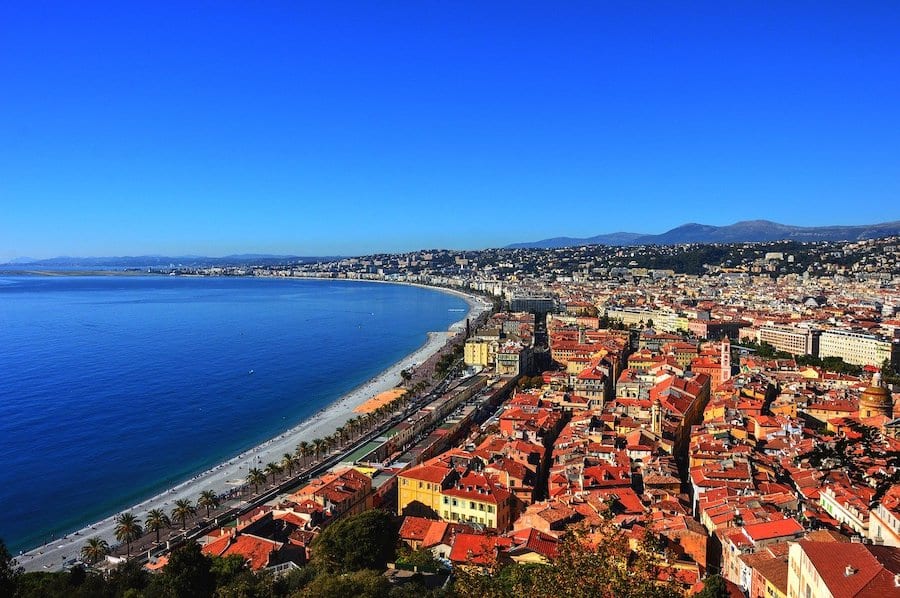The French Riviera has now been declared a “red zone”, meaning the Covid-19 virus is actively circulating in the region and tough restrictions could be reintroduced.
The government announced on Thursday that 21 regions in France are now in the “red zone” – including the Alpes-Maritimes, the French department surrounding Monaco.
French Prime Minister Jean Castex has urged local authorities to impose new restrictions to slow infections and prevent another economically devastating national lockdown.
“The epidemic is gaining ground, and now we must intervene,” Mr Castex said. France “must do everything to avoid a new confinement.”
The fact that the French Riviera has been classified a “red zone” means that there were more than 50 new cases of Covid-19 per 100,000 inhabitants in the last seven days.
Being in a “red zone” gives local authorities the power to increase restrictions if they deem it necessary.
This means authorities could reintroduce a restriction on movement similar to that seen in May when all non-essential trips of more than 100km were banned, order the closure of bars and restaurants or limit bars and cafés to serving on outside terraces only, reintroduce limits on gatherings, and enforce stricter rules on mask wearing, however Nice has already done so.
Prime Minister Jean Castex said that France’s reproduction “R” number is now 1.4, indicating that the overall epidemic is growing.
In order to protect the most vulnerable, grandparents are being told not to pick up their grandchildren from school, however Education Minister Jean-Michel Blanquer said France’s 12.9 million students will be heading back to class next week.
“All children should return to school,” he said.
The number of virus patients in French hospitals remains lows despite the jump in infections, and government ministers have insisted that the French hospital system is better prepared to handle new Covid-19 cases.
More than 800 coronavirus patients are being admitted to hospital every week on average, compared to 500 six weeks ago.
What does it mean to be in a “red zone”?
